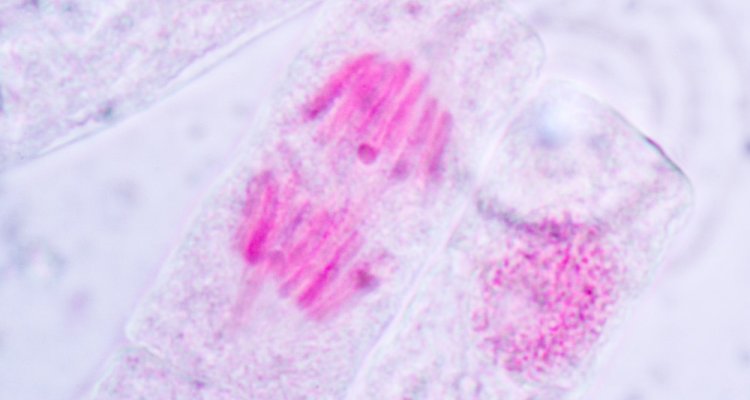
Project
Chromosome segregation in Pyrococcus furiosus
Very little is known about chromosome segregation in Archaea. The aim of this research is to study chromosome segregation in the extremely thermophilic archaeon Pyrococcus furiosus.
Background
Chromosome segregation is a crucial step of the cell-cycle, in order to make sure that during cell division, both cells get a copy of the genome. In Bacteria, as well as Eukaryotes, this process has been well studied. For Archaea, however, very little research into chromosome segregation has been published to date.
In bacteria, chromosome segregation occurs in three global steps:
- Orienting (and anchoring) origin region to pole(s),
- Segregating the bulk of the chromosomes
- Resolving and segregating the terminus regions
The project focusses in particular on the first step, for which the majority of Bacteria – around two thirds – use the ParABS system.
The Crenarchaeon Sulfolobus solfataricus was found to use an analogous, and partly orthologous system, named the SegAB system. Nothing is known regarding chromosome segregation in other Archaea, and whereas S. solfataricus is monoploid, many Euryarchaea, including Pyrococcus furiosus are polyploid; sometimes to an extreme degree, with cells containing dozens of copies of their genome.
Aim of the project
The aim of this project is to study chromosome segregation in the extremely thermophilic archaeon P. furiosus. Due to the anaerobic and extremely thermophilic nature of the organism, many of the typical techniques, such as the use of fluorescent protein tags, and live cell imaging are not possible. Therefore, creative experiments have to be designed to study the interesting biology of P. furiosus.
The project is part of a bigger consortium with partners from Utrecht University and several companies. The overarching aim of the consortium is to integrate various state of the art techniques in order to characterize higher order structure of proteins and protein complexes.